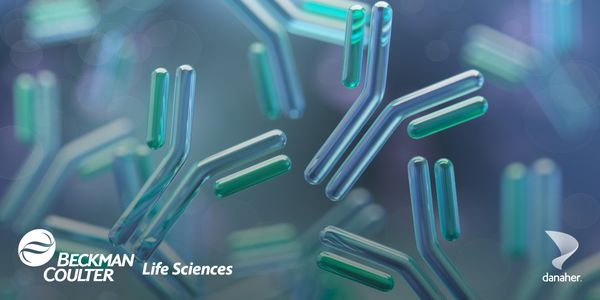
How to Wake a Giant - Concepts of Adhesion GPCR Activation and their Potential Therapeutic Implications
-
Ines Liebscher, PhD
Professor, Leipzig University, Rudolf-Schönheimer-Institute of BiochemistryBIOGRAPHY
Adhesion G protein-coupled receptors (aGPCRs) are an ancient class of receptors that represent some of the largest transmembrane-integrated proteins in humans. Besides classic features of GPCRs, aGPCRs display a distinct N-terminal structure that contributes essentially to the size of these proteins. Most of the aGPCRs are still considered to be orphan, as detailed information on their signal transduction and physiological function are scarce. The finding of the deletion mutation that renders aGPCRs constitutively active prompted a rapid increase in number of aGPCR signaling studies. This laid ground for the discovery of the tethered agonist sequence, whose role in the complex signaling mechanisms of aGPCRs as well as the characterization of its derived peptide agonists, has been studied extensively. We found that aGPCRs can be activated through various mechanical stimuli, with or without the interaction with an endogenous binding partner. The mechanical force-induced activation depends on the existence of an intact core agonistic region within the tethered agonist sequence and can be modified through the adjacent positioning region. Transferring these observations to synthetic peptides allows for the establishment of agonists with increased specificity and different downstream signaling preferences. As the type of binding partner at the N terminus defines the required mechanical stimuli for receptor activation ligands could be considered allosteric modulators. We propose that aGPCRs ‘sense’ their environment through binding to surrounding proteins to translate this context into a specific signal. This localized signal can be the basis for future therapeutic strategies when targeting this important receptor class.
Learning Objectives:
1. Discuss how adhesion-type G protein-coupled receptors (aGPCRs) are metabotropic mechanosensors that govern essential physiological functions and that are implicated in a wide range of diseases.
2. Explain how modulation of aGPCRs can be achieved through synthetic peptides, derived from the tethered agonist sequence, extracellular binding partners and a diverse set of mechanical forces. The combination of these different stimuli has the potential to yield efficient and specific therapeutic strategies targeting these receptors.
Please update your information
Certificate of Participation
DOWNLOAD CERTIFICATE






